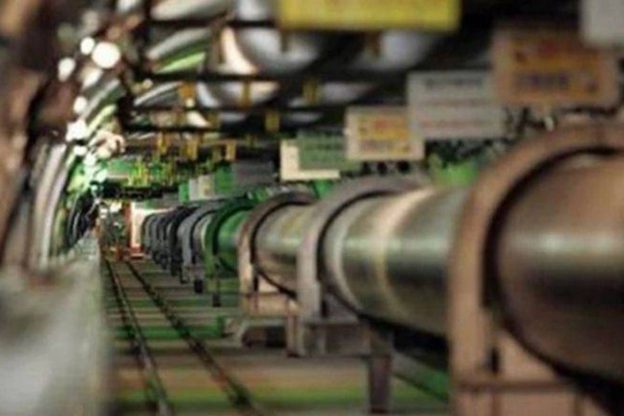Automobile manufacturers have shown interest in manufacturing LNG-compliant vehicles to ride the benefits of efficiency and lower emissions, Tarun Kapoor, Union petroleum secretary, told FE.
LNG trucks/ buses have a fuel carrying capacity that is 2.5 times of CNG trucks/ buses and can travel around 700 km in one refill, according to experts.
The ministry of petroleum and natural gas, along with Society of Indian Automobile Manufacturers Association (SIAM), has identified 1,000 locations across India to set up liquified natural gas (LNG) outlets over the next three years, in a bid to replace diesel and petrol with cleaner fuel in long-haul vehicles and to achieve the target of a 15% share for natural gas in India’s total energy mix by 2030.
Automobile manufacturers have shown interest in manufacturing LNG-compliant vehicles to ride the benefits of efficiency and lower emissions, Tarun Kapoor, Union petroleum secretary, told FE.
LNG trucks/ buses have a fuel carrying capacity that is 2.5 times of CNG trucks/ buses and can travel around 700 km in one refill, according to experts.
Kapoor said, “We have identified with SIAM around 1,000 locations on major highways, including the golden quadrilateral, to set up the LNG outlets. The outlets have been divided among various government and private organisations to ensure timely availability of supply. However, SIAM will have to ensure that long-haul LNG vehicles are manufactured to make use of this fuel. Companies such as Eicher, Ashok Leyland and Tata Motors have shown interest in providing these vehicles.”
The petroleum ministry, on November 19, 2020, launched a programme to set up 50 LNG stations by oil marketing companies such as Indian Oil, BPCL, HPCL, GAIL, Petronet LNG, and Gujarat Gas. IOC will set up 20, while BPCL, HPCL and GAIL will set up 10 LNG stations each.
According to sources in SIAM, auto companies have adopted a wait-and-watch policy on manufacturing LNG-compliant vehicles as the government has come up with various alternative fuels to replace fossil fuel. These include blending ethanol with petrol, CNG, biogas, and LNG apart from electric vehicles. All require separate engines.
“[Original equipment manufacturers] will have to look at the economic feasibility of these options before they can commit to manufacturing any one of them,” the source said.
LNG as a heavy vehicle fuel segment is expected to provide around 20-25 million metric standard cubic meter per day of new gas demand by 2035. In India, where the transport sector guzzles 40% of diesel sold, the environmental benefit from LNG is huge. There is no sulphur dioxide emission and nitrogenous emissions are reduced by 85%.
https://www.financialexpress.com/industry/govt-aims-to-set-up-1000-lng-stations-in-next-three-years/2369861/







